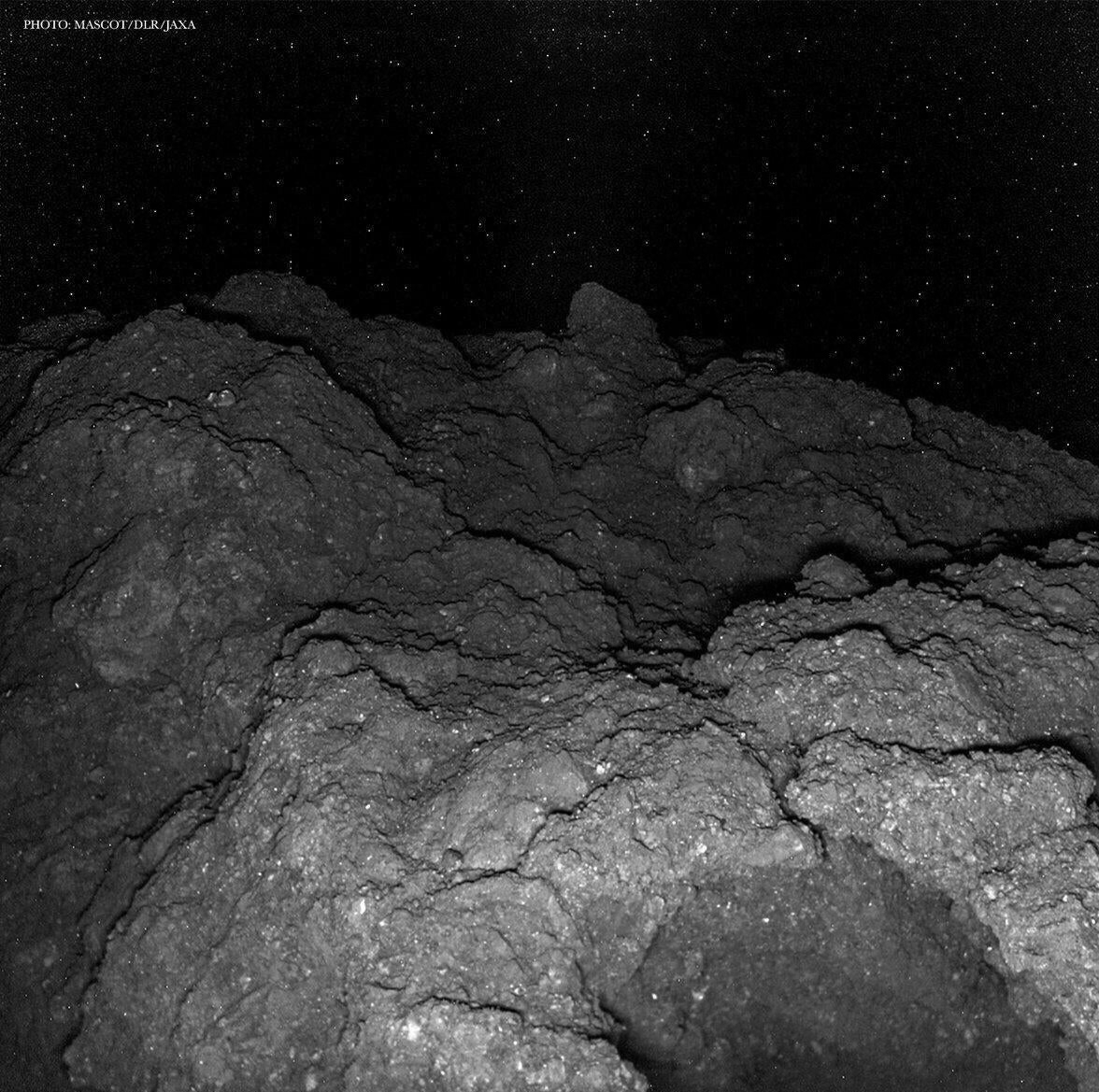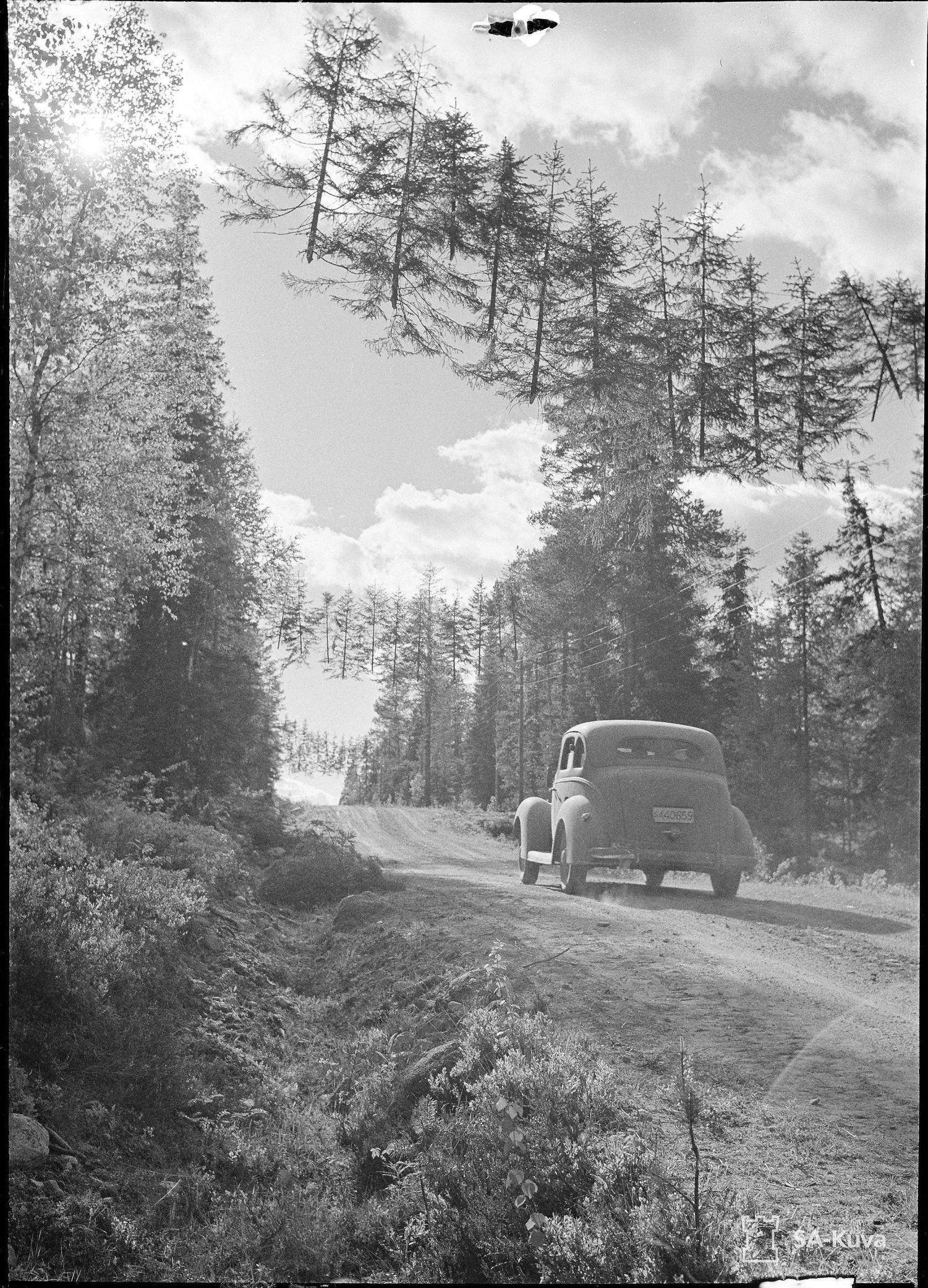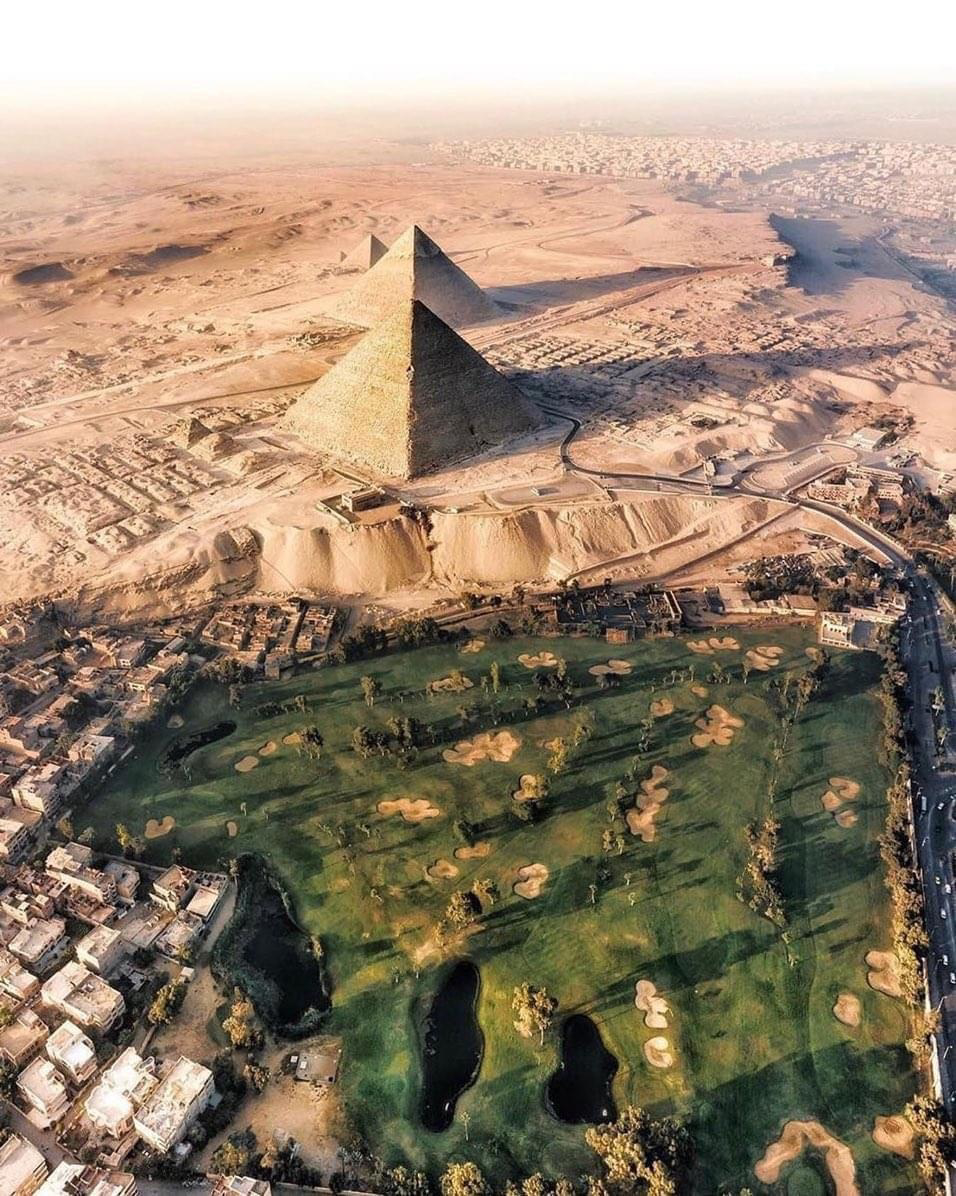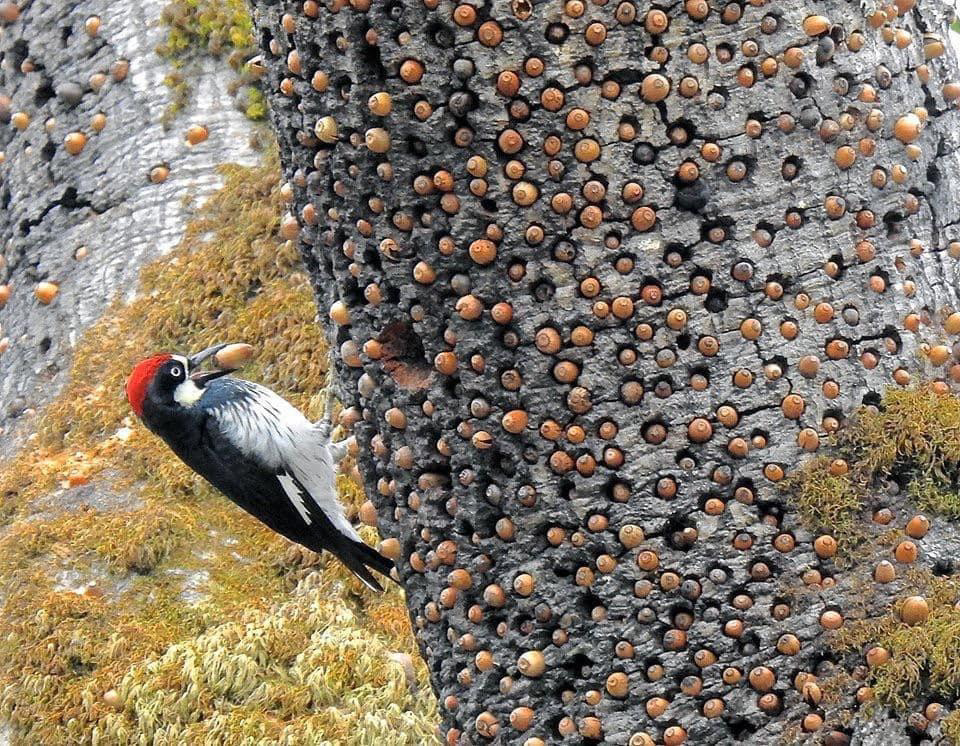She looked pretty dead to me...
Bonsai means tree in a pot!
Do it!
Thanks for the beautiful share!
That was a very scary and dystopian read, but thank you!
Is it? I don't see the NSFW tag!
Antibiotics I guess
This is a very delicate and complicated matter, part of me thinks that making AI works non copyrightable would incentivize human art
Most of which are AI generated
Watercolors are truly merciless to beginners but keep it up!








Did you see the video?